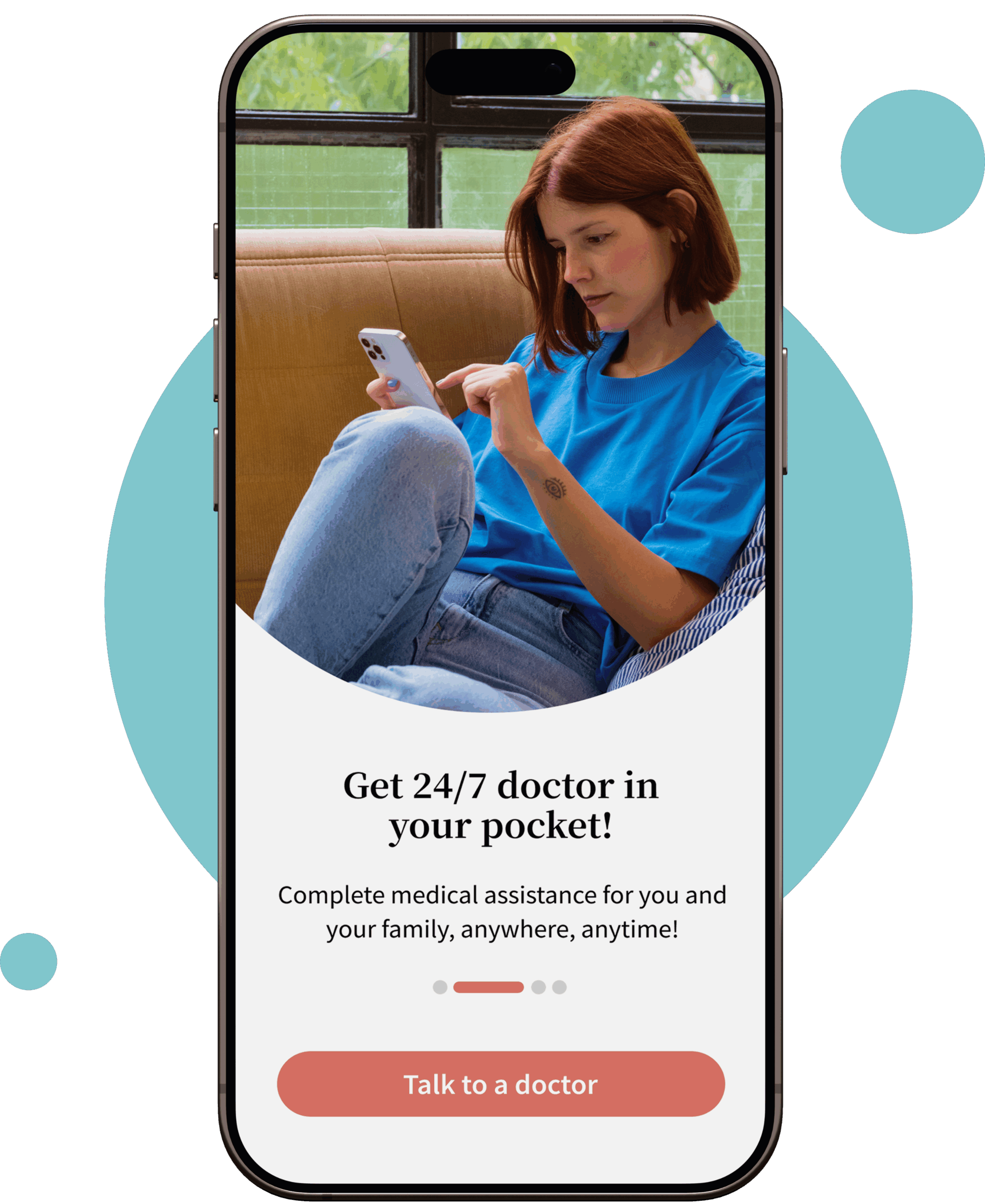Table of Contents
ToggleOverview
Planning on taking Cefdinir for your Urinary tract infection (UTI)? Let’s learn about some of its primary uses, its FDA approval, the drug class of this medication, and how and when it is prescribed to treat infections. Cefdinir is one of the beta-lactam antibiotics that belongs to the class of cephalosporin medication. This medication is not specifically FDA-approved for its use to treat urinary tract infections; however, other medications from the same drug class, Keflex (cephalexin), were approved for their efficacy in treating different urinary tract infections.
Is Cefdinir good for a urinary tract infection?
Cefdinir belongs to the 3rd generation of cephalosporin antibiotics that treat different bacterial infections in different systems and parts of the body, including urinary tract bacterial infections.
Cefdinir is an antibiotic class of medication from the newest generations compared to other cephalosporins classes. New medications focus more broadly on treating medical conditions and bacterial infections than older ones.
Which types of UTIs is Cefdinir effective against?
Cefdinir is effective against certain urinary tract infections caused by susceptible bacteria such as:
- Escherichia coli (E. coli): This bacterium is a frequent cause of uncomplicated urinary tract infections. Cefdinir is usually prescribed to treat infections caused by susceptible strains of E. coli. Medical conditions caused by E. coli include pyelonephritis, cystitis, and asymptomatic bacterial bacteriuria.
- Klebsiella pneumoniae: Cefdinir may also be effective against UTIs caused by susceptible strains of Klebsiella pneumoniae.
- Enterococcus faecalis: In some cases, Cefdinir can also be prescribed for UTIs caused by Enterococcus faecalis, especially if the strain is susceptible to this antibiotic.
Can we take Cefdinir for an uncomplicated UTI?
Yes, Cefdinir is effective and prescribed for the treatment of uncomplicated UTIs. Escherichia coli bacterium is usually responsible for uncomplicated UTI, cystitis, and pyelonephritis. Medications from the same cephalosporin class can also be prescribed to treat it. Still, new-generation antibiotics like Cefdinir are preferred for thoroughly treating and killing the bacteria strain.
How to take Cefdinir for uti?
Cefdinir is an antibiotic and should only be used as prescribed by healthcare professionals. Your healthcare provider will determine its use, dosage, and course of treatment according to the nature of your medical condition.
Cefdinir’s starting dose for uncomplicated UTIs can range from 300 mg to 600 mg of Cefdinir, which should be taken orally once or twice daily, according to the severity of your condition.
The dose for pediatrics depends on the weight of the baby. The recommended dose is 7-14 mg per kilogram (kg) of body weight every twelve hours, which should be taken for 5 to 10 days.
If you miss the dose, dont double it and continue it as prescribed with the next dose.
What is the duration of UTI treatment with Cefdinir?
UTI treatment in adults and peads takes different dosing durations for the complete treatment. Mainly in adults, it is prescribed for 5 to 7 days. It can also last for more than that per your medical condition.
It’s essential to follow the complete regimen and course of treatment to avoid the development of antibiotic resistance.
How can UTI recurrence be avoided post-Cefdinir treatment?
Some measures can be practiced to avoid recurrent urinary tract infections (UTIs) after completing treatment with Cefdinir.
- Staying hydrated and drinking plenty of water helps flush bacteria from the urinary tract, eventually reducing the risk of infection.
- Maintaining good hygiene, including wiping from front to back after using the restroom, will prevent the spread of bacteria from the anal area to the urethra.
- Avoid holding urine for extended periods, and emptying the bladder regularly can prevent the growth of bacteria.
- Some evidence suggests that cranberry juice or supplements (Probiotics)can help reduce UTI recurrence by preventing bacteria from adhering to the bladder wall. Consult your healthcare provider for the correct supplemental care.
Post-treatment checkups and regular consultations can help avoid the chances of Infections.
When should I see a doctor?
Urinary tract infection, if left untreated, can be severe and lead to different medical complexities. Get your consultation for the antibiotics and follow the dosage regimen to treat UTI completely. It will likely decrease the chance of re-occurrence of UTI.
FAQs about Cefdinir for uti
Yes, you can by getting a virtual consultation from our healthcare provider. You can get personalized prescriptions per your specific medical condition, including UTIs.
Cefdinir is considered safe to treat Urinary tract infections (UTI) during pregnancy. It’s beneficial only to take medications when prescribed by your healthcare provider for a safe and effective treatment regimen.
It’s normal to experience diarrhea while taking Urinary tract infection (UTI). It’s one of the most common side effects of antibiotics. It will likely stay for 2-3 days until your body adjusts. Consult your healthcare provider if it gets severe or persists longer.
Consult your healthcare provider if the symptoms persist to get the required consultation and medication regimen. Your doctor might ask you to continue cefdinir until your symptoms improve and your infection gets treated.







